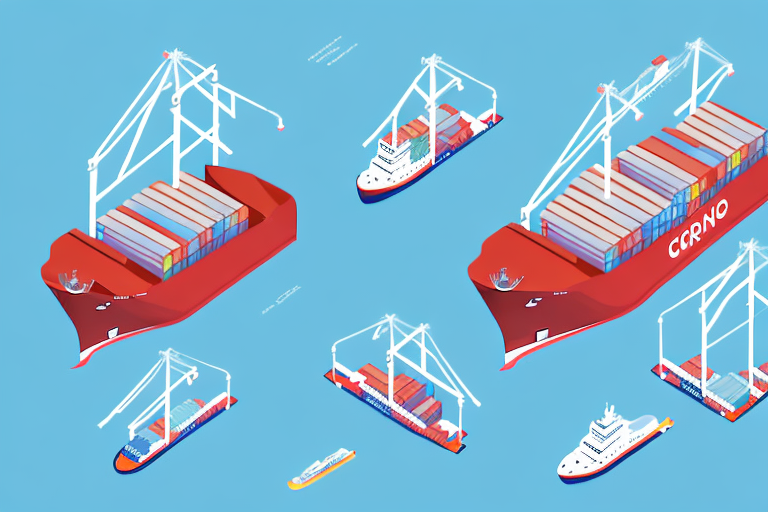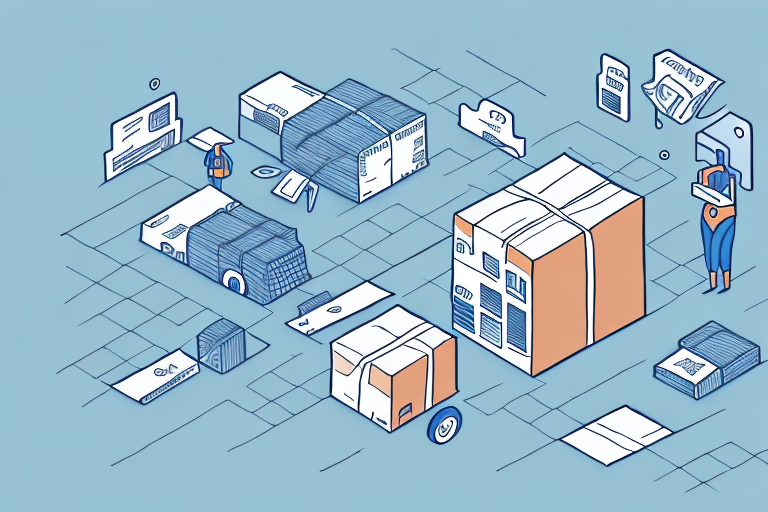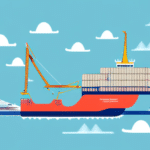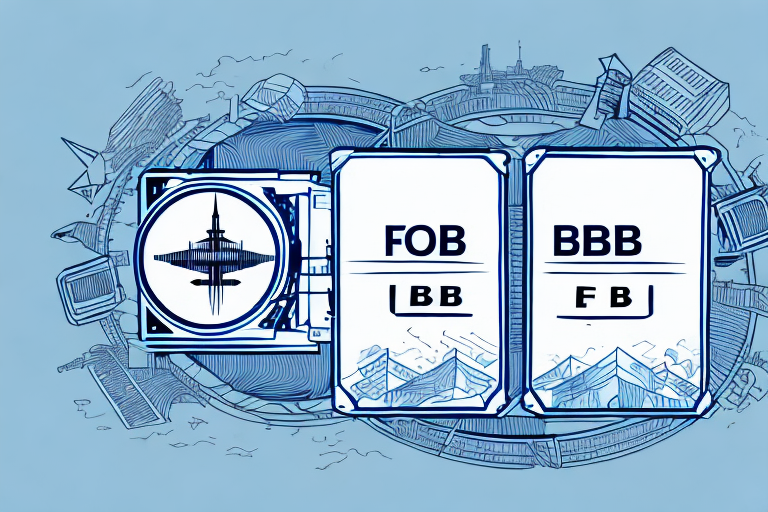Importance of Shipping Terms in International Trade
Shipping terms, also known as Incoterms, are essential in international trade as they define the responsibilities, costs, and risks associated with the transportation of goods between buyers and sellers. Understanding these terms is crucial for businesses to ensure smooth transactions, mitigate risks, and optimize costs.
Key Roles of Shipping Terms
- Risk Allocation: Clearly delineates when the risk transfers from the seller to the buyer.
- Cost Distribution: Specifies who bears the costs at each stage of the shipping process.
- Logistical Responsibilities: Outlines responsibilities related to transportation, insurance, and customs clearance.
Understanding DAP (Delivered At Place) Shipping Term
DAP (Delivered At Place) is an Incoterm that places the maximum responsibility on the seller by requiring them to deliver goods to a specified destination, ready for unloading. The seller manages all logistics, including transportation and clearing export duties, while the buyer handles unloading and any import duties.
Advantages of DAP
- Convenience for Buyers: Sellers handle most of the shipping logistics, reducing the buyer's administrative burden.
- Cost Transparency: Buyers receive clear information about total shipment costs upfront.
- Risk Mitigation: Sellers assume responsibility until goods reach the designated place.
Disadvantages of DAP
- Higher Costs: Sellers may pass additional logistics costs onto buyers.
- Limited Control: Buyers have less control over the shipping process and carrier selection.
- Potential Delays: Dependence on the seller’s efficiency can lead to delays in delivery.
Understanding FOB (Free On Board) Shipping Term
FOB (Free On Board) is an Incoterm commonly used for maritime and inland waterway transport. Under FOB, the seller is responsible for delivering the goods to the port of shipment and loading them onto the vessel. Once the goods are on board, the risk and responsibility transfer to the buyer, who then handles shipping, insurance, and import duties.
Advantages of FOB
- Buyer Control: Buyers have greater control over the shipping process and can choose their preferred carriers.
- Cost Efficiency: Potential for cost savings if buyers have established relationships with reliable shipping partners.
- Risk Management: Buyers assume risk only after goods are loaded onboard, allowing for better risk management.
Disadvantages of FOB
- Increased Responsibility: Buyers must manage and coordinate shipping logistics, which can be complex.
- Potential for Higher Costs: Without strong shipping partnerships, buyers might incur higher transportation costs.
- Customs Clearance Challenges: Buyers are responsible for handling import duties and navigating customs regulations.
Comparing DAP and FOB Shipping Terms
The primary difference between DAP and FOB lies in the point of risk transfer and the distribution of responsibilities. DAP assigns more responsibilities to the seller, ensuring delivery to the buyer's specified location, whereas FOB transfers responsibilities to the buyer once the goods are loaded onto the shipping vessel.
Risk Transfer Point
- DAP: Risk transfers at the buyer’s specified destination.
- FOB: Risk transfers once goods are on board the vessel at the port of shipment.
Control Over Shipping Process
- DAP: Sellers manage the majority of the shipping process.
- FOB: Buyers have more control over shipping choices and logistics management.
Cost Implications
- DAP: Sellers may absorb higher shipping and logistics costs.
- FOB: Buyers can potentially reduce costs through direct control and negotiation with carriers.
Choosing the Right Shipping Term for Your Business
Selecting the appropriate shipping term depends on various factors, including your business's logistical capabilities, budget, and risk tolerance. Below are considerations to help determine whether DAP or FOB is more suitable for your operations.
Factors to Consider
- Logistical Expertise: Do you have the resources to manage shipping logistics?
- Cost Management: Are you looking to minimize shipping costs through direct carrier negotiations?
- Risk Appetite: How much risk are you willing to assume during the shipping process?
- Destination Complexity: Is the delivery location straightforward or does it require specialized handling?
When to Choose DAP
- Prefer minimal involvement in shipping logistics.
- Require goods delivered directly to a specific location.
- Desire transparency in total shipping costs.
When to Choose FOB
- Have established relationships with reliable carriers.
- Seek greater control over the shipping process.
- Want to potentially reduce shipping costs through direct negotiations.
Best Practices for Negotiating DAP and FOB Terms
Effective negotiation of shipping terms can lead to cost savings and more efficient shipping operations. Here are best practices to consider when negotiating DAP or FOB terms with suppliers.
Clearly Define Responsibilities
Ensure that both parties have a mutual understanding of their responsibilities to prevent misunderstandings and disputes. Detailed contracts outlining each party’s obligations are essential.
Agree on Insurance Coverage
Discuss and agree upon insurance options to protect against potential loss or damage during transit. While DAP does not include insurance, FOB requires buyers to arrange their own coverage.
Understand Local Regulations
Familiarize yourself with the import/export regulations of both the exporting and importing countries to ensure compliance and avoid legal issues.
Leverage Technology
Utilize shipping management software and tracking systems to enhance visibility and coordination throughout the shipping process.
Future Trends in DAP and FOB Shipping Terms
The landscape of international shipping is continually evolving with advancements in technology and changing global trade dynamics. Several trends are shaping the future of DAP and FOB shipping terms.
Adoption of Blockchain Technology
Blockchain provides enhanced transparency and security in shipping transactions, reducing fraud and improving supply chain visibility. According to a report by McKinsey & Company, blockchain can significantly streamline logistics and reduce costs.
Increased Focus on Sustainability
Environmental concerns are driving the adoption of sustainable shipping practices. This includes the use of alternative fuels, reducing packaging waste, and optimizing shipping routes to lower carbon emissions.
Integration of AI and Machine Learning
Artificial Intelligence (AI) and machine learning are being integrated into shipping logistics to optimize route planning, predict shipment delays, and enhance overall efficiency.
Standardization of Incoterms®
The International Chamber of Commerce (ICC) continues to update and standardize Incoterms® to adapt to changing global trade practices, ensuring consistency and clarity in shipping terms worldwide.
Rise of E-commerce and Direct Shipping
The growth of e-commerce has increased the demand for direct shipping solutions, influencing how shipping terms like DAP and FOB are applied to meet the needs of online retailers and consumers.
Conclusion
Choosing between DAP and FOB shipping terms depends on your business's specific needs, resources, and strategic objectives. By understanding the intricacies of each term and staying informed about industry trends, businesses can make informed decisions that enhance their international trade operations.
For more detailed information on Incoterms and best practices in international shipping, refer to authoritative sources such as the International Chamber of Commerce or comprehensive industry reports from Trade.gov.






















